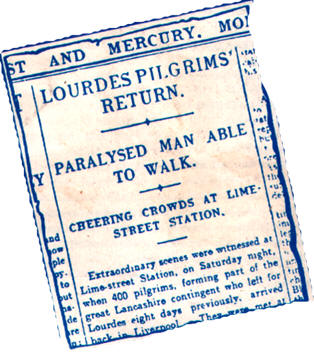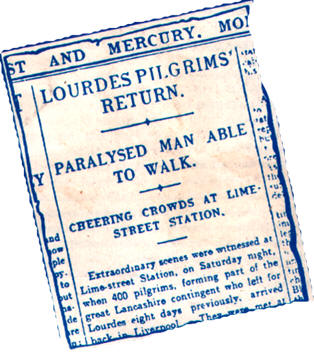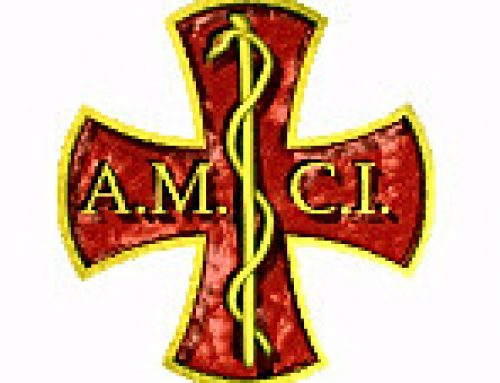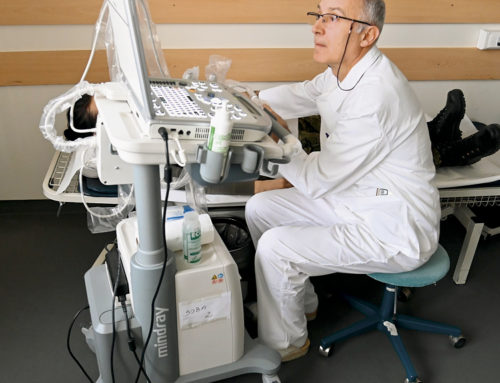Dr Adrian Treloar
In July 1923, Jack Traynor travelled to Lourdes with the Liverpool Diocesan Pilgrimage.
Horrendously injured at Gallipoli in 1915, he was an epileptic cripple, with multiple shrapnel wounds and a silver plate covering a hole in his skull. Multiple operations to heal the damage had failed.

He was cured, and went back to work hauling 100kg sacks of coal. His is a remarkable story and one which has inspired me ever since I first read the CTS pamphlet “I met a Miracle” as a child. Miracles really do happen and there are some extraordinary cures that have been well documented.
What I find most moving about the story of Jack Traynor is his faith. He insisted on going to Lourdes, and did not care if he died. He was simply determined to go. When his Parish priest told him not to go he insisted that he would. Threatened with death, he replied “then I’ll die in good cause”. Realising his cure he simply had to escape the ward, dodge the nurses and run down to the Grotto to thank Our Lady. He knelt and prayed.
On the way home, as he knelt for Archbishop Keating’s blessing, the Bishop replied that he should ask for Jack’s blessing. Such was Jack’s witness of his faith.
Miracles such as the cure of John Traynor are, of course, rare, while they are real.They point the way not to a wide-open exit from all physical suffering but rather to the spiritual recoveries and triumphs that are certain to come from unhesitating faith and a childlike approach to Jesus Christ, through Mary, His Mother and ours.
Reverend Patrick O’Connor
Missionary of St Columban
We have reproduced the text of that pamphlet in this issue. It’s an important medical record and we do so with the kind permission of the Catholic Truth Society who originally published it. In my lifetime, I have met many people who have been greatly helped by Lourdes, and some who have shown me how they have been cured. But I have met none with a cure as extraordinary as that of Jack Traynor. The most extraordinary cures are rare.
Ever since Our Blessed Lord was in Palestine, the sick have been the treasures of our Church. Indeed when the Emperor demanded from St Lawrene the treasures of the Church, St Lawrences presented the sick and disabled to the Emperor, telling him that “these are the treasures of our Church”. He was duly burnt alive for that [1].
Also in this issue we revisit the words of StCatherine Labouré who said “I saw the face of Christ in all whom I served”.[2] The feast of Our Lady of Lourdes on the 11th of February. And that’s a good time to give thanks for the people whom we serve. The sick are truly the treasures of our Church and they bring and give us so much. It is right and proper that we should celebrate what they give us.
There is plenty more as well, including news of our Annual Conference, as well as articles on the Capacity Act, the menopause as well as a short reflection on being a carer and living with a saint. [3]
REFERENCES
- Treloar A, St Lawrence, the unborn child and medicine Catholic Medical Quarterly Volume 63(1) February 2013 p5
- Treloar A. St Catherine Labouré: Seeing the face of Christ in the sick and suffering. Catholic Medical Quarterly Volume 66(3) Aug 2016
- I live with a saint and I’m her carer. Catholic Medical Quarterly Feb 2024. Vol 74 (1) page 10 in this issue.








